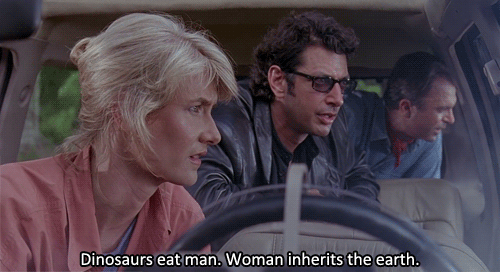Lanas-own-blog - My Personal Space.

More Posts from Lanas-own-blog and Others



Is it too late to jump on the pumpkin-everything bandwagon?
Select pumpkin images from our Seed Catalogs collection

Space Launch System

Our Space Launch System (SLS) is an advanced launch vehicle for exploration beyond Earth’s orbit into deep space. SLS, the world’s most powerful rocket, will launch astronauts in our Orion spacecraft on missions to an asteroid and eventually to Mars!

A launch system required to carry humans faster and farther than ever before will need a powerful engine, aka the RS-25 engine. This engine makes a modern race car or jet engine look like a wind-up toy. With the ability to produce 512,000 pounds of trust, the RS-25 engine will produce 10% more thrust than the Saturn V rockets that launched astronauts on journeys to the moon!

Another consideration for using these engines for future spaceflight was that 16 of them already existed from the shuttle program. Using a high-performance engine that already existed gave us a considerable boost in developing its next rocket for space exploration.
Once ready, four RS-25 engines will power the core stage of our SLS into deep space and Mars.
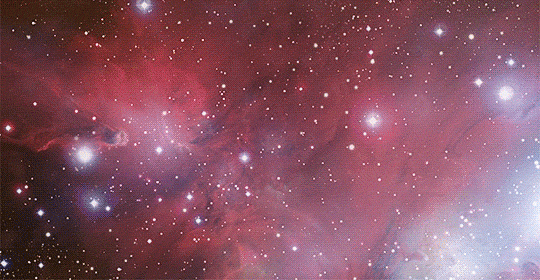
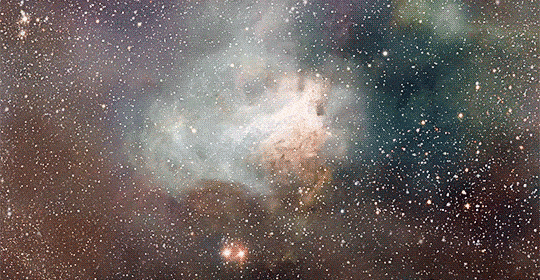
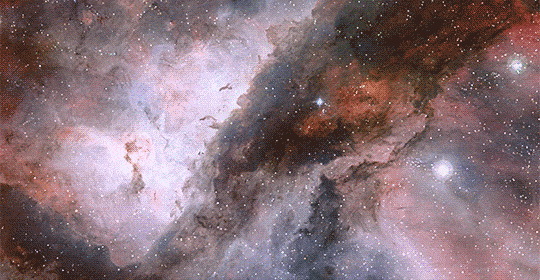

Flying Across The Universe Part 2 (From Top to Bottom: Cone Nebula, Omega Nebula, Carina Nebula, and Lupus 3)
(Part 1)
Credit: ESO.org

Orions Belt and Sword over Teides Peak : The southern part of Orion, the famous constellation and mythical hunter, appears quite picturesque posing here over a famous volcano. Located in the Canary Islands off the northwest coast of Africa, the snow-peaked Teide is one of the largest volcanoes on Earth. Lights from a group planning to summit Teide before dawn are visible below the volcanos peak. In this composite of exposures taken from the same location one night last month, the three iconic belt stars of Orion are seen just above the peak, while the famous Orion Nebula and the rest of Orions sword are visible beyond the volcanos left slope. Also visible in the long duration sky image are the Horsehead Nebula, seen as a dark indentation on the red emission nebula to the belts left, and the Flame Nebula, evident just above and to the right of the Horsehead. via NASA
js


NGC 6995.
Credit: Paul Andrew
The NASA “Worm” Logo
Just like many organizations, the style and logos can change over time. You are probably most familiar with our “meatball” logo. No, unfortunately this does not refer to the delicious food. This logo (below) is our most popular symbol, and dates back to 1959.
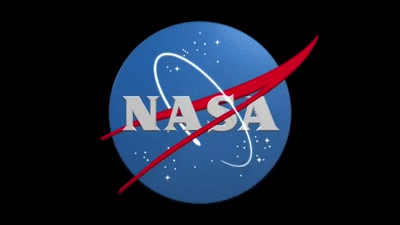
But, we’ve also had other insignia that represented our organization throughout the years.
The “worm” logo (below) was used by the agency from 1975 until 1992. The organization wanted to create a more “modern” logo, which resulted in the unique type style of the “worm” logo.

Even though this logo was retired in 1992, the Graphics Standards Manual is still available online HERE.
You can also read up about the emblems, logos and insignia used by NASA throughout the years in a new e-Book available for free HERE.
Make sure to follow us on Tumblr for your regular dose of space:http://nasa.tumblr.com
-
 at-least-ill-die-a-lionturtle liked this · 8 months ago
at-least-ill-die-a-lionturtle liked this · 8 months ago -
 0ozo0 liked this · 1 year ago
0ozo0 liked this · 1 year ago -
 dissectionofjade liked this · 1 year ago
dissectionofjade liked this · 1 year ago -
 smalluniversecollector reblogged this · 1 year ago
smalluniversecollector reblogged this · 1 year ago -
 tallblondebrat liked this · 1 year ago
tallblondebrat liked this · 1 year ago -
 goingtohellwithyou reblogged this · 1 year ago
goingtohellwithyou reblogged this · 1 year ago -
 goingtohellwithyou liked this · 1 year ago
goingtohellwithyou liked this · 1 year ago -
 demonsprofile liked this · 1 year ago
demonsprofile liked this · 1 year ago -
 goldcp30 liked this · 1 year ago
goldcp30 liked this · 1 year ago -
 halleyscometx3 reblogged this · 1 year ago
halleyscometx3 reblogged this · 1 year ago -
 screamingwombatgirl reblogged this · 1 year ago
screamingwombatgirl reblogged this · 1 year ago -
 screamingwombatgirl reblogged this · 1 year ago
screamingwombatgirl reblogged this · 1 year ago -
 screamingwombatgirl liked this · 1 year ago
screamingwombatgirl liked this · 1 year ago -
 howireacted liked this · 1 year ago
howireacted liked this · 1 year ago -
 screenpastel liked this · 2 years ago
screenpastel liked this · 2 years ago -
 mrpixelface reblogged this · 2 years ago
mrpixelface reblogged this · 2 years ago -
 lostinhellfire liked this · 3 years ago
lostinhellfire liked this · 3 years ago -
 sugarsickness liked this · 4 years ago
sugarsickness liked this · 4 years ago -
 stoners-way liked this · 4 years ago
stoners-way liked this · 4 years ago -
 jihams liked this · 4 years ago
jihams liked this · 4 years ago -
 mashyimaro reblogged this · 4 years ago
mashyimaro reblogged this · 4 years ago -
 mrpixelface reblogged this · 4 years ago
mrpixelface reblogged this · 4 years ago -
 failurebydesign-x reblogged this · 5 years ago
failurebydesign-x reblogged this · 5 years ago -
 mrpixelface reblogged this · 5 years ago
mrpixelface reblogged this · 5 years ago -
 iamdeathsnightmare reblogged this · 5 years ago
iamdeathsnightmare reblogged this · 5 years ago -
 iamdeathsnightmare liked this · 5 years ago
iamdeathsnightmare liked this · 5 years ago -
 bdranonsmodernlife reblogged this · 5 years ago
bdranonsmodernlife reblogged this · 5 years ago -
 3eyesopenedwide reblogged this · 5 years ago
3eyesopenedwide reblogged this · 5 years ago -
 mrpixelface reblogged this · 5 years ago
mrpixelface reblogged this · 5 years ago -
 kidreiko reblogged this · 5 years ago
kidreiko reblogged this · 5 years ago -
 itsyourhonor reblogged this · 5 years ago
itsyourhonor reblogged this · 5 years ago -
 itsyourhonor liked this · 5 years ago
itsyourhonor liked this · 5 years ago -
 shower-beer liked this · 5 years ago
shower-beer liked this · 5 years ago -
 shemustbethedevil reblogged this · 5 years ago
shemustbethedevil reblogged this · 5 years ago
I've had lots of blogs in the past, but this one I'm actualy excited to share with people.
68 posts

